I am still away from home and busy with a special project, so my posting of entries is less frequent than usual. But whenever it is possible, I sit down and write a piece or two.
Today, August 1st, is a very special day we call Lughnasa. It is one of the four traditional high feasts in the old calendar and marks the beginning of the Celtic harvest season, which brings us the ripening of the fruits in the fields. The autumnal season that now starts is traditionally also a time of community gatherings, market festivals, horse races and reunions with distant family and friends.
And in Waterford, Ireland's oldest city (which is my home town), this is the time of the Spraoi, the largest public street festival on the Emerald Isle, which is celebrated each year on the first weekend in August.
In Celtic mythology Lughnasa is said to have been begun by the god Lugh, as a funeral feast with games, commemorating his foster-mother Tailtiu, who died of exhaustion after clearing the plains of Ireland for agriculture.
The first location of the Áenach Tailteann was at the site of modern Teltown, located between Navan and Kells in County Meath. Historically, the Áenach Tailteann gathering was a time for contests of strength and skill, and a favored time for contracting marriages and winter lodgings. A peace was declared at the festival, and religious celebrations were held.
In Ireland Lughnasa is a favored time for handfastings - traditional marriages that last a year and a day, with the option of ending it before the new year or making it more permanent later.
A festival corresponding to our Lughnasa was also held by the Celts of Gaul (now France) at least up to the first century. On the Coligny calendar the eighth day of the first half of the month Edrinios is marked with the inscription TIOCOBREXTIO that identifies major feasts. The same date was later adopted for the meeting of all the representatives of Gaul at the Condate Altar in Gallo-Roman times.
During the reign of Augustus Caesar, the Romans instituted a celebration to the genius of the emperor on August 1st in Lyon, capital of Roman Gaul, which was named after the Celtic god Lugh. (The modern French word Lyon derives from Lugdunum, the latinised Gaulish word Lugodunon, which literally means Lugh's fortress.)
In a similar fashion we named here in Ireland the coastal town of Dun Laoghaire (the fort of Lóegaire mac Néill, a fifth century High King of Ireland, who was a son of Niall of the Nine Hostages - and thus a main ancestor of the O'Neill clan - and resided at Tara). The town, 12 km south of Dublin, was founded as a key naval base for the Celtic ruler of Ireland and used for operations against Britain. Nowadays it is a very popular seaside resort and residential town, as well as the seat of the county council and administration for Dun Laoghaire-Rathdown County.
Lóegaire mac Néill, who died in 462, is believed to have been the first Ard Rí na hÉireann (High King of Ireland) who accepted the new faith of Christianity, after he met Saint Patrick.
As it happens, a descendant of this king (and many other great O'Neills) is currently here, exploring and enjoying modern Ireland and also visiting the old sites. We had the pleasure to celebrate Lughnasa together with a special ceremony that will remain in our memories and perhaps mark the beginning of a new development for Celtic Ireland as well.
Let me take this opportunity to wish you all - wherever you are - Lughnasa Shona (a happy Autumn with a rich harvest), together with a pleasant weekend, joy, happiness and sunshine.
The Emerald Islander


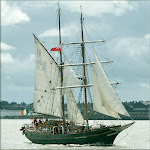

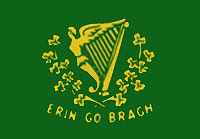





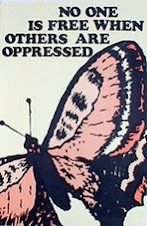






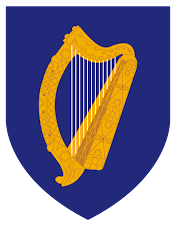






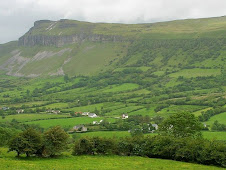
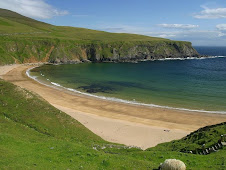













No comments:
Post a Comment